Art World
16 More Globetrotting Art Aficionados Tell Us About the Most Memorable Shows They Saw in 2018
Maxwell Anderson, Rebekah Bowling, and other well-traveled art experts tell us about the best show they saw in 2018.
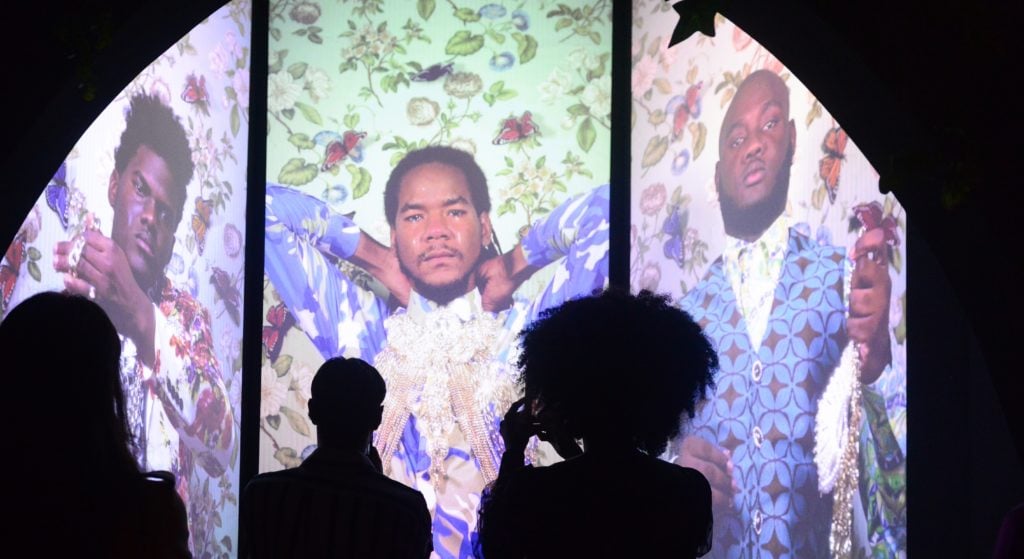
Maxwell Anderson, Rebekah Bowling, and other well-traveled art experts tell us about the best show they saw in 2018.

Artnet News

![]()
To cap off our triumphant three-part series of the best shows of 2018 according to top art world authorities (make sure to read parts one and two), we asked a group of the worldliest and most well-traveled curators, artists, and auctioneers to tell us about the most compelling art experiences they had all year. As ever, their choices ranged from exhibitions by emerging talents (such as Rafa Esparza) to those by artists with long, but sometimes overlooked careers (we’re looking at you Cady Noland and Adrian Piper), with everything in between. Read on to see what our experts had to say about art the world over.
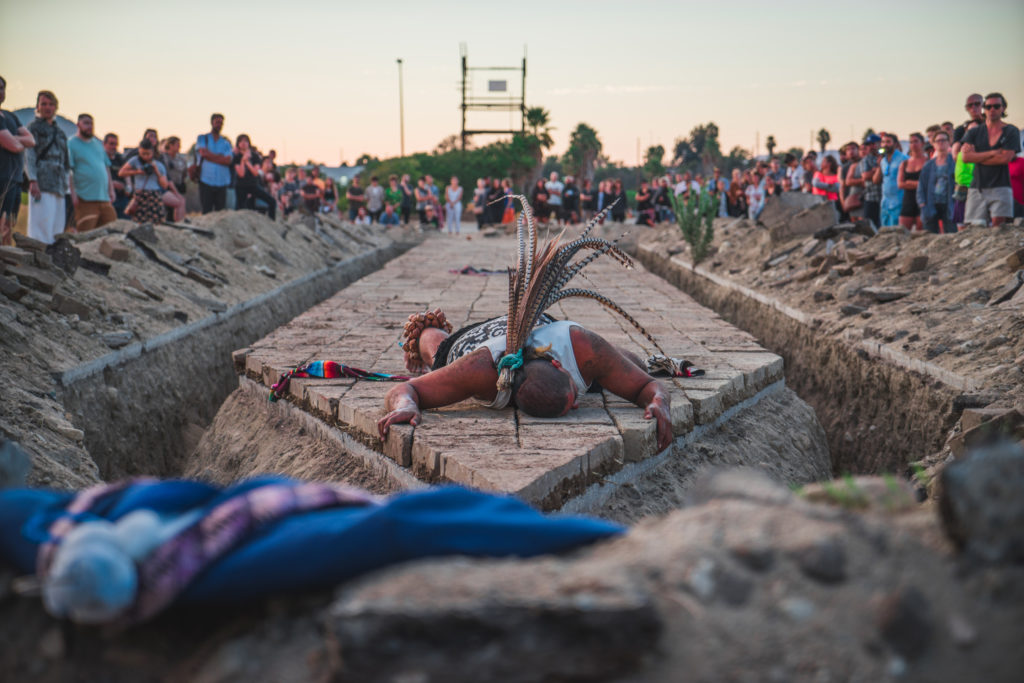
Rafa Esparza, a la calle, a performance in Los Angeles organized by the ICA LA. Photo courtesy of the ICA LA.
My favorite art experience of this year happened in the alleyways of Downtown Los Angeles where everyday people make ends meet: a la calle, a pompous procession realized by artist Rafa Esparza and a collective of queer, Latinx folks. I woke up to a text one Saturday morning this summer with an address and a title. I showed up about an hour later and was greeted by a cast of characters: two latex-laden devils, a crew in sequined blue, a diva handing out fresh bread from the Panaderia and the goddess herself: Oshun. As everyone congregated I ran into fellow curators, artists and familiar faces that had all been summoned to witness a celebration of sorts. As we took up space in Santee Alley, a network of storefronts that have traditionally been run by Latinx families, it was incredible to see the reactions on people’s faces as we walked the streets, most welcoming, and some in shock. It reminded me of the Chicano artist collective ASCO, who would often stage flamboyant and performative interventions into their neighborhoods of East LA; it felt like New Orleans, when the Black Indians come out for Mardi Gras and premiere their ceremonial suits; and most of all it reiterated the truth, that all the cultural innovation that trickles up starts on the ground.
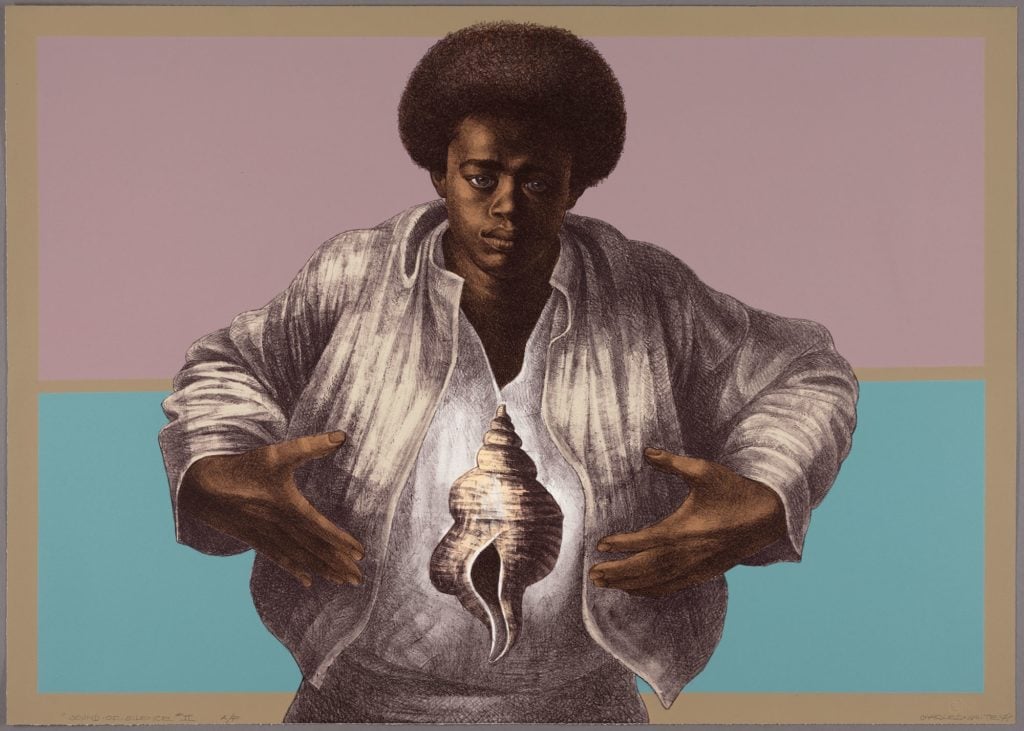
Charles White, Sound of Silence (1978). The Art Institute of Chicago. © 1978 The Charles White Archives.
My favorite show was “Charles White: A Retrospective,” which I first saw at the Museum at the Art Institute of Chicago and then later at MoMA. White was working at a time when representation and visibility for black people was critical and over 50 years later, his work is ever relevant and potent and resonates visually, conceptually, and technically. Powerful.
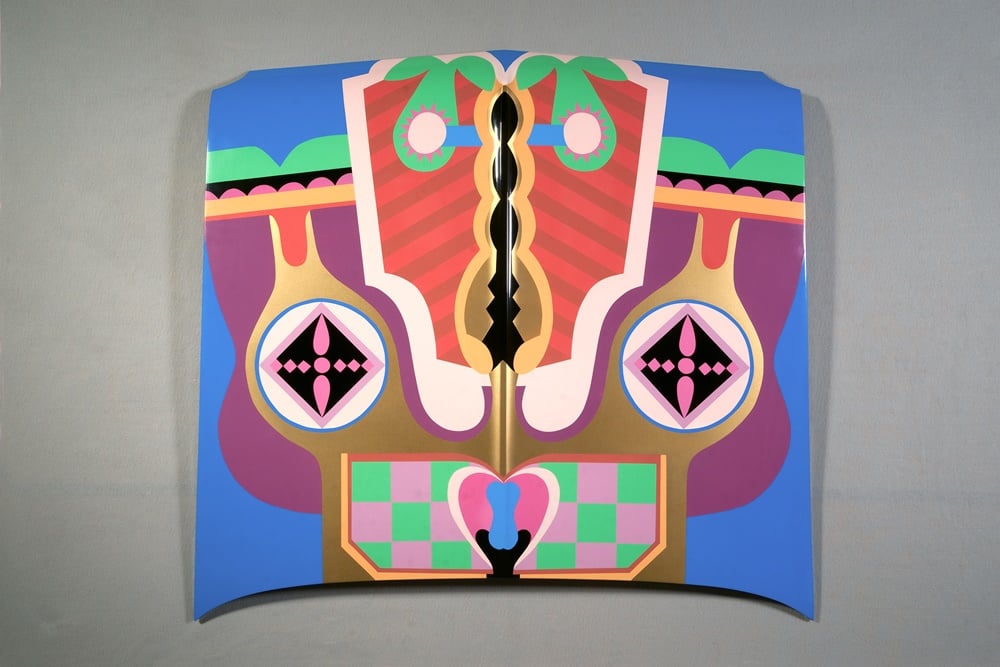
Judy Chicago, Birth Hood (1965/2011). © Judy Chicago/Artist Rights Society (ARS), New York. Photo © Donald Woodman/ARS NY. Courtesy Salon 94, New York, and Jessica Silverman Gallery, San Francisco.
Since I saw “Judy Chicago: A Reckoning” at the ICA Miami so recently, it makes sense that it would be the most memorable show for me right now. However, I think this exhibition will stay with me for some time. I was surprised and excited by the diversity of works in the exhibition, including early pieces from the 1960s that I’d never encountered before—in particular, my favorite discoveries were her bright, psychedelic car hoods, which predate Richard Prince’s machismo embodiment by over two decades. It was a long overdue reminder of what an important and influential artist she is.

Installation view of “Toward a Concrete Utopia: Architecture in Yugoslavia, 1948-1980” at MoMA. Photograph: Martin Seck.
I just really enjoyed “Toward a Concrete Utopia: Architecture in Yugoslavia, 1948-1980” and learned so much from it! It was curated extremely well with models, media, images, and text. It was such a pleasure to spend time with that exhibition. Kudos to MoMA for having some great shows this season, including “Charles White: A Retrospective” (moving) and “Bodys Isek Kingelez: City Dreams.” Museums (as well as Chelsea galleries) can seem awfully lame lately, so it was nice to see some exciting shows that I could also share with my art major students from Vanderbilt University.

Joana Choumali, Mme Djeneba Haabre, la derniere generation, (2013–14). Courtesy of MACAAL.
The Museum of African Contemporary Art Al Maaden (MACAAL), a new space for contemporary arts from Africa in Marrakesh, launched its program with “Africa Is No Island” in February 2018. The photography exhibition was the highlight of my year because it was curated with Afrique in Visu, an online platform that has been working across the continent for the last decade. As a result of Afrique in Visu’s dedicated commitment to photographers from Africa, the exhibition reflected the multitude of narratives across the continent and simultaneously demonstrated to me what sustainable and adaptable platforms can do for the visibility of artists and confronting reductive notions often surrounding arts from Africa. The exhibition opened the same weekend as our inaugural edition of 1-54 in Marrakesh, so witnessing such a successful platform such as Afrique in Visu using a space on the continent was even more overwhelming.

Ellen Gallagher, DeLuxe (2004–2005). Larry Gagosian Collection. Courtesy of the artist, Gagosian, New York, and Hauser & Wirth, New York. Courtesy of CA2M Centro de Arte dos de Mayo.
“Elements of Vogue: A Case Study in Radical Performance” at Centro de Arte Dos de Mayo in Madrid. Vogue is about class, pride, race, dignity, pause, bodies, history, beauty, power, oppression, performance, forms, desire, subjectivity. Vogue is political. Vogue is radical—which is what this much-needed exhibition perfectly demonstrated.

Installation view at the Riga International Biennial of Contemporary Art. Photo: Pēteris Vīksna.
Thinking of the best exhibition I saw this summer is a hard task—the filing cabinet of my brain is bursting with possibilities. More easy is to answer with the one I remember with greatest clarity. Without a doubt that is the first Riga Biennial: “Everything Was Forever, Until It Was No More.” Curated by Katarina Gregos, the exhibition took over the Latvian capital with works by more than 100 artists, nearly 50 of which were new commissions. Erudite and timely, it studied the ways change creeps up on us slowly, then suddenly it is all too late to go back. Without exception, the selected artworks asked urgent questions for the present. There were many fantastic works—the one burned into my mind is Alexis Destoop’s film Phantom Sun (2017), a study of the Norwegian-Russian border. It looks to future utopian economic projections in the light of dystopian Cold War fears and the facts of climate change.
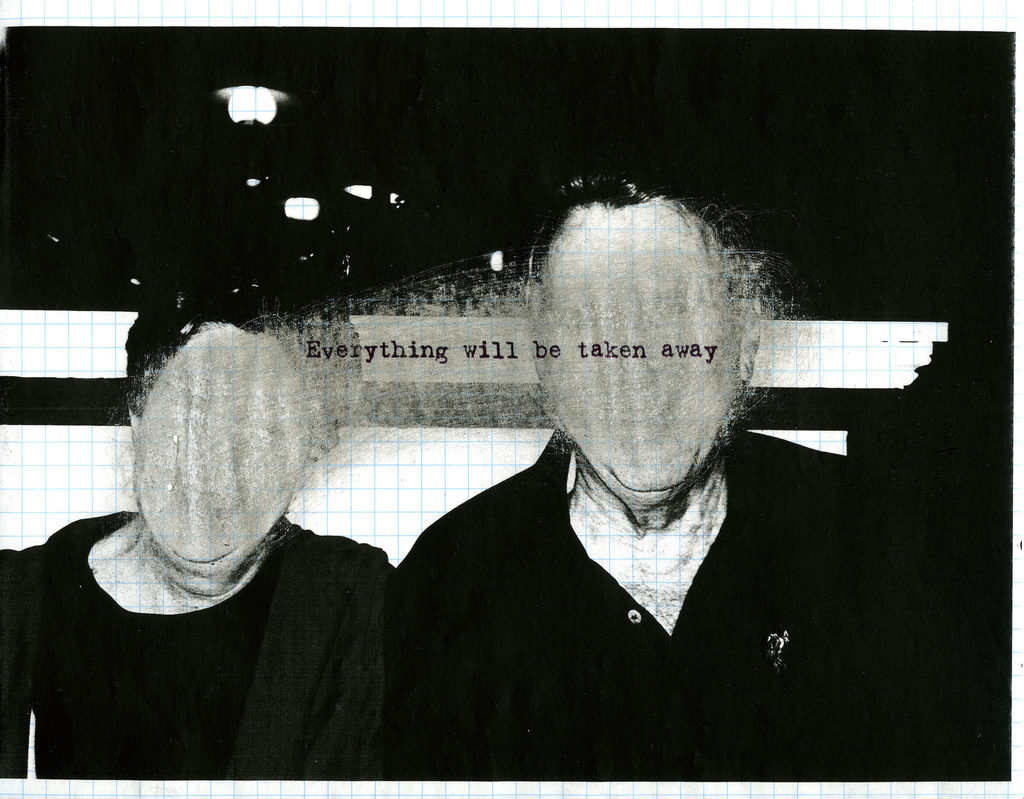
Adrian Piper’s Everything #2.8 (2003). © Adrian Piper Research Archive Foundation Berlin. Courtesy of Museum of Modern Art.
“Adrian Piper: A Synthesis of Intuitions, 1965–2016” at MoMA was a veritable coup for the artist, curatorial team, and Piper aficionados alike. Rarely does one have the opportunity to view such a comprehensive presentation of an artist’s work, which is compounded by the fact that Piper often eschews the leanings of the art world, preferring instead to route exhibition and loan requests through her APRA Foundation. The show was a methodical compendium of the conceptual artist’s practice. Stand-out works include the The Humming Room (2012), a participatory performance work that asks the public to hum as they walk through the corridor; and The Probable Trust Registry (2014), where I had the opportunity to agree that “I will always be too expensive to buy.”
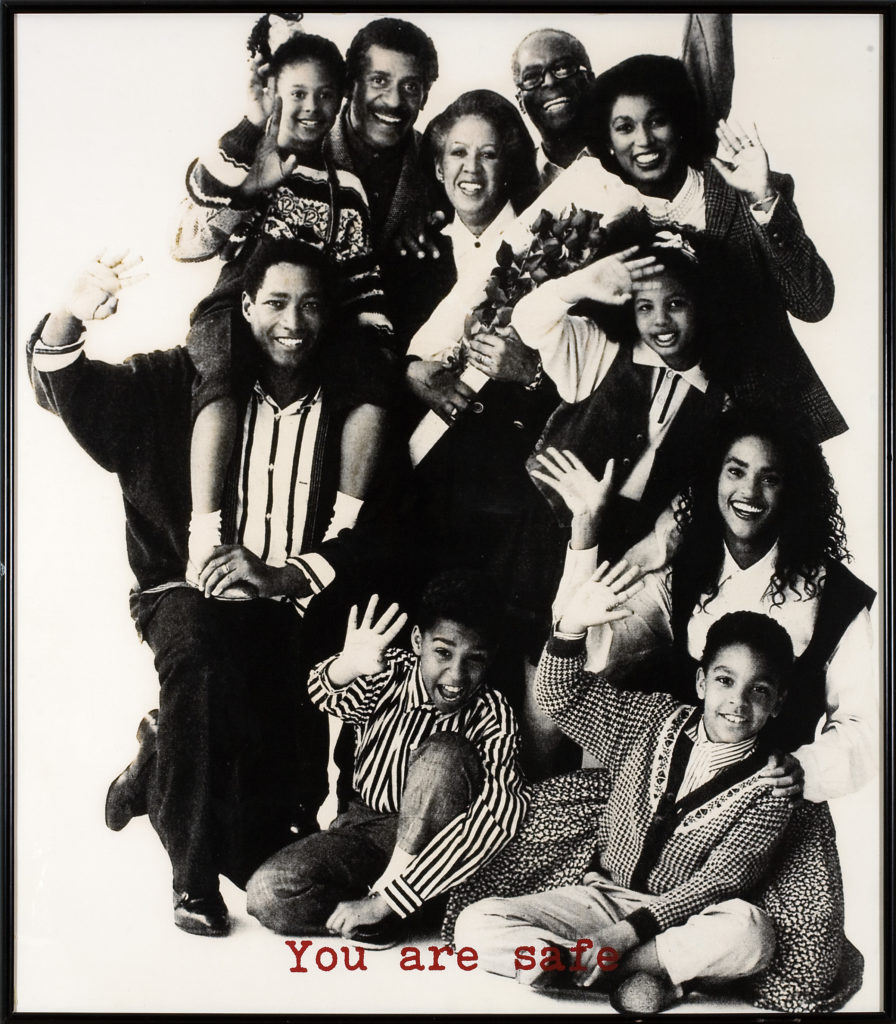
Adrian Piper, Safe #1–4 (1990). Detail: #4 of 4. Collection Adrian Piper Research Archive. Foundation Berlin. © Adrian Piper Research Archive Foundation Berlin.
This experience was an exercise in slow looking and a thoughtful reveal of Piper’s inner life. Her rigorous exploration of identity and self-hood, as both philosopher and artist, was heavy, intricate, and emotional. Through her work, she’s mastered self expression, thereby outwitting the systems conspiring to attenuate her radical relation to freedom.
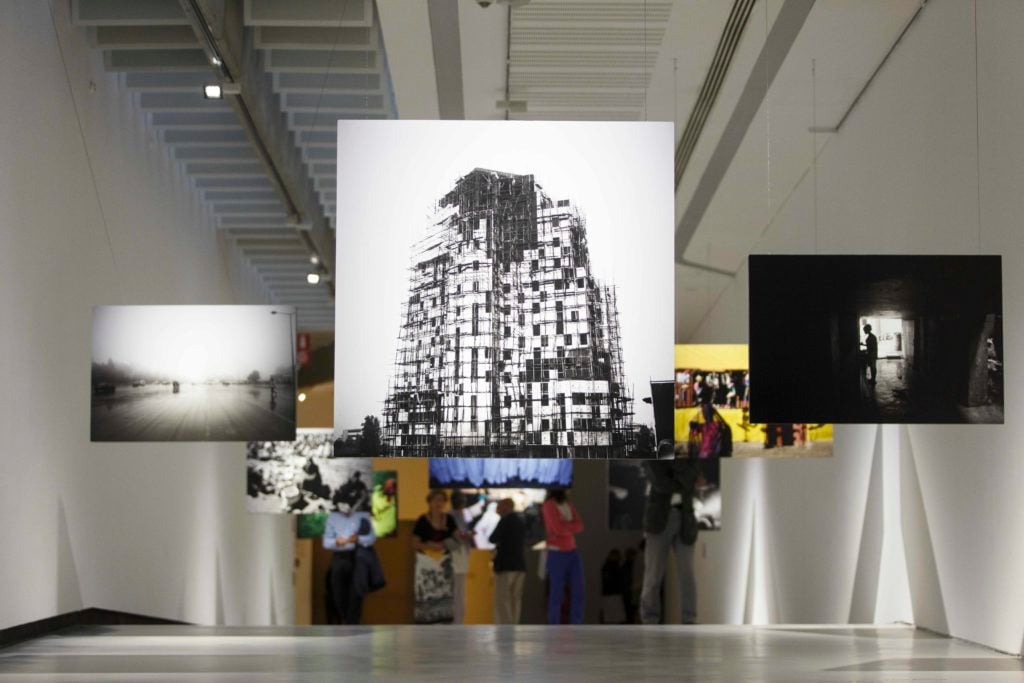
Installation view, “Road to Justice.” © Musacchio, Ianniello & Pasqualini. Courtesy Fondazione MAXXI.
With powerful works by Marlene Dumas, Bouchra Khalili, Malik Nejmi, and multiple other artists, “Road to Justice” at MAXXI in Rome offered insight into the colonization of Africa and mass deportation in modern times. These and other themes were evoked through various media including photography, video, installation, and watercolor. With accounts of lives lived and lost in South Africa to Ethiopia and North African nations, the exhibition included harrowing depictions of suffering and dislocation, but also moving tributes to courage and resilience.
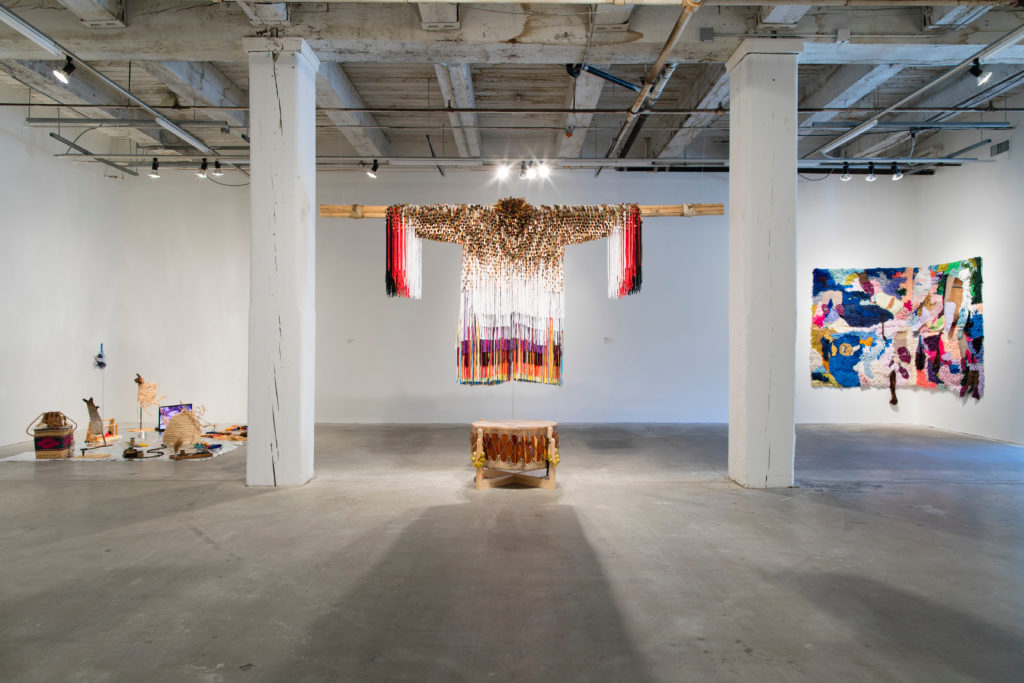
Installation view, “Monarchs: Brown and Native Contemporary Artists in the Path of the Butterfly” at the Bemis Center for Contemporary Arts in Omaha, Nebraska. Photo: Colin Conces.
The exhibition that resonated with me most this year was one in my own backyard: “Monarchs: Brown and Native Contemporary Artists in the Path of the Butterfly.” This traveling exhibition was presented at several institutions off the beaten path, including the Bemis Center for Contemporary Arts in Omaha, Nebraska, Blue Star Contemporary [and the Southwest School of Art] in San Antonio, Texas, and is on its way to the Nerman Museum of Contemporary Art in Overland Park, Kansas. The exhibition’s curator, Risa Puleo, is a native South Texan and has organized a fresh group of voices, which together help bring greater awareness to themes surrounding migration, borders, and what it means to be “Native” in America. Particular highlights were potent works by Margarita Cabrera, Gina Adams, Cannupa Hanska Luger, and Marty Two Bulls Jr.
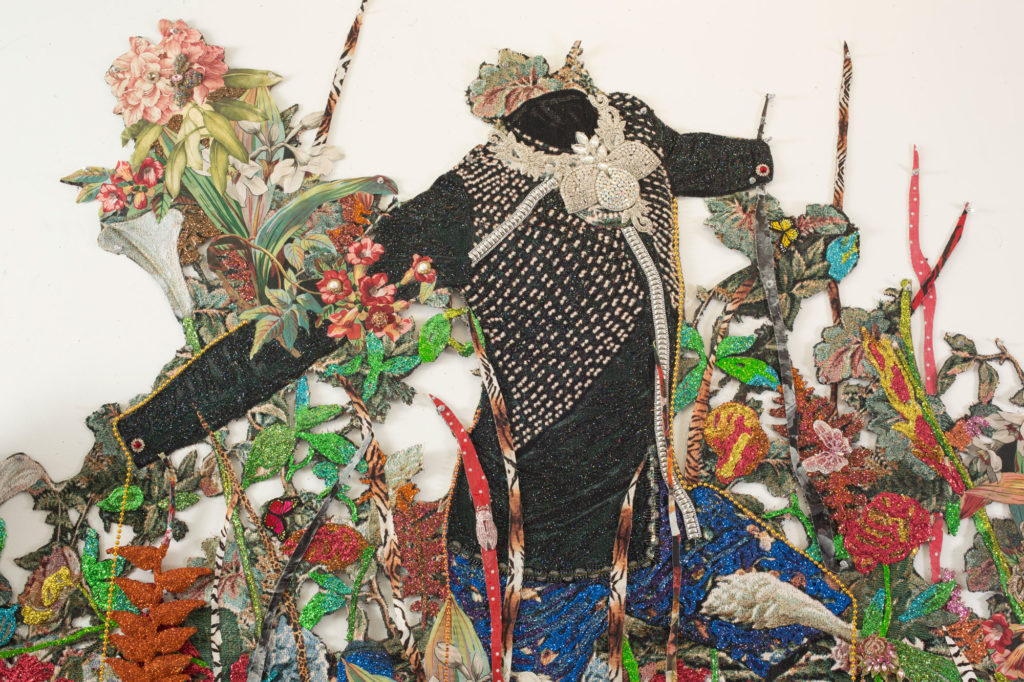
Ebony G. Patterson [detail] . . . . a wailing black horse . . . for those who bear/bare witness (2018). Courtesy of the artist and Monique Meloche Gallery, Chicago.

Cady Noland at Museum MMK für Modern Kunst, Photo: David Griffin
Lonely at the top is the Cady Noland exhibition at MMK Frankfurt, still running until the end of March 2019. A flawless experience in which the relevance and function of a museum is being tested through its collection, architecture, and subject matter. Noland’s work (her largest overview to date presenting over 50 works from the 1980’s and ’90s) is as pertinent as ever, portraying power, violence, and representation within American society through cold and distant objects and assemblages. Juxtaposed, in a very sensitive yet stark manner, is a small selection of works from the museum’s collection including examples by Charlotte Posenenske, Andy Warhol, and her father Kenneth Noland.
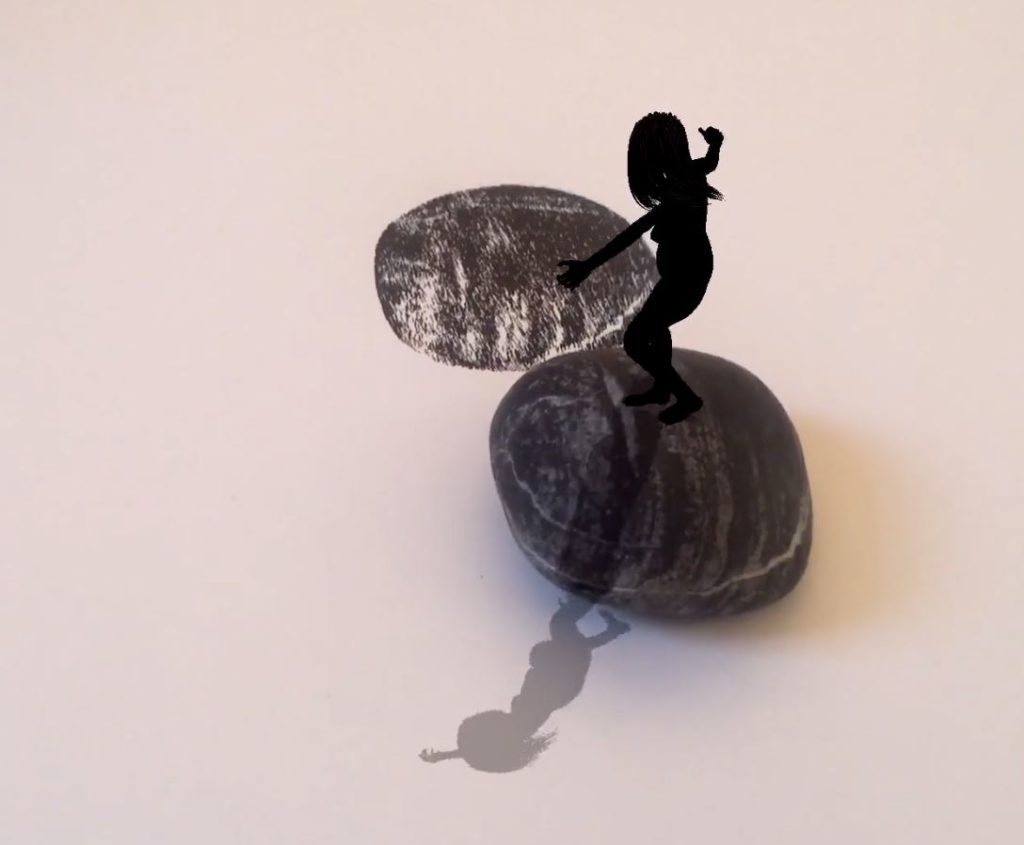
Still from Mirages & Miracles courtesy of Vimeo.
As we scout for new works to present at Artechouse, we see a lot of incredible new media art. However, Mirages & Miracles by Adrien M and Claire B, currently touring France, is a must see for anyone who is interested in the unique presentation of new media works that explore use of the latest technology. Once again, Adrien M & Claire B are pioneering the use of the new tools in the art pointing to what the future holds. The exhibit utilizes Augmented Reality capabilities, combining physical 2D and 3D installations such as drawings and sculptures with AR technology, creating a new dimension and holographic illusions.
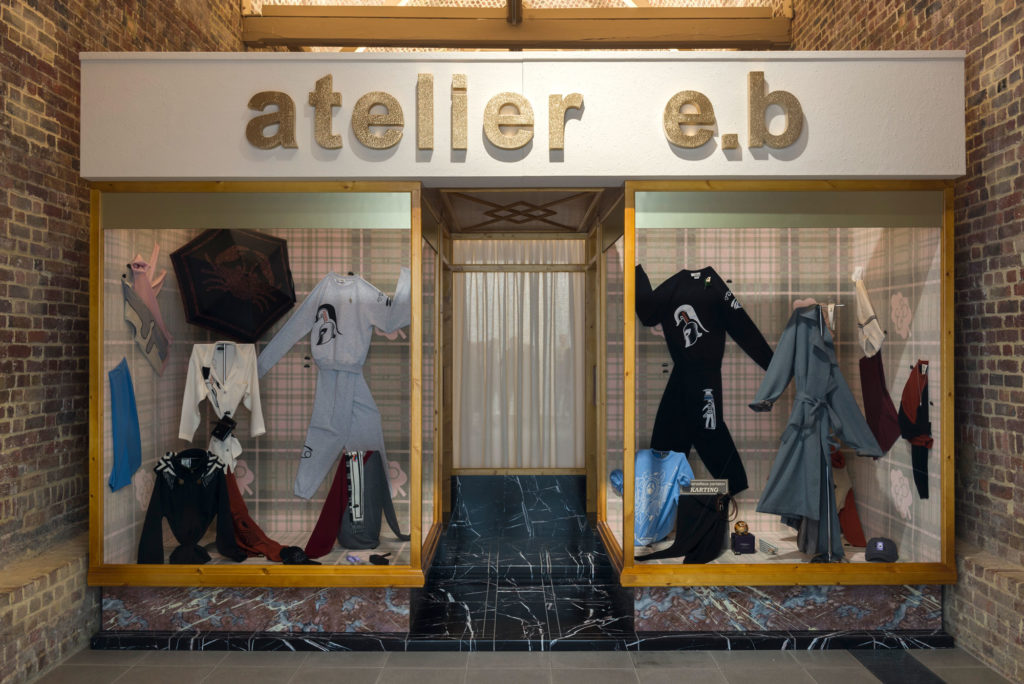
Installation view, “Atelier E.B: Passer-by” Serpentine Galleries, London. Copyright: readsreads.info
“Passerby, Atelier E.B” at the Serpentine Sackler was an incredibly rich exhibition from Beca Lipscombe and Lucy McKenzie, infused with a history of design, fashion, world fairs, and department store windows. As someone working in the realm of public art, I was reminded by the exhibition that we are all passersby to commerce and that the window display is a powerful representation of cultural change.
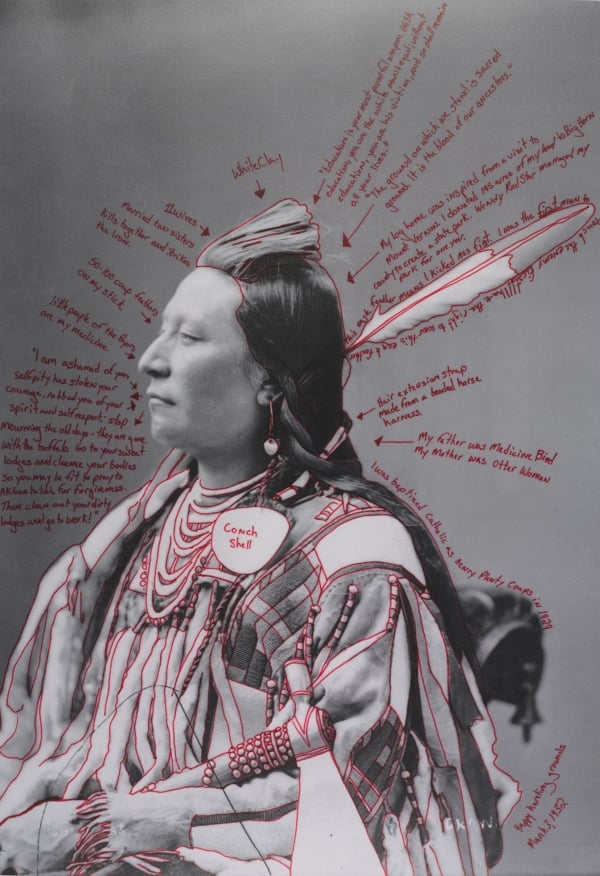
Wendy Red Star, of the Apsáalooke (Crow) tribe Alaxchiiaahush/Many War Achievements/Plenty Coups (2014) from the series “1880 Crow Peace Delegation.” Artist-manipulated photograph by C.M. (Charles Milton) Bell, National Anthropological Archives, Smithsonian Institution. Brooklyn Museum; Elizabeth A. Sackler Center for Feminist Art, gift of Loren G. Lipson. Photo by Jonathan Dorado, Brooklyn Museum.
“Half the Picture” curated by Catherine Morris and Carmen Hermo at the Brooklyn Museum’s Elizabeth A. Sackler Center for Feminist Art, is my pick as one of the memorable exhibitions of the year. And not because I am in it with Fuck Painting #6 donated by Robert Goober and Donald Moffett and an “Apologia” about Knight Landesman—I love that I am in this show but that is not the point! I see the show as an extension of the Elles show at Centre Pompidou a few years ago, a major show drawn from the museum’s own holdings of the work of women. No museum in New York City could have done it. Now the Brooklyn Museum is stepping up to the plate, having having greatly expanded their collection of women and artists of color. I was particularly moved by the photography selections. Nona Faustine was a particular standout. Bold, gutsy work.